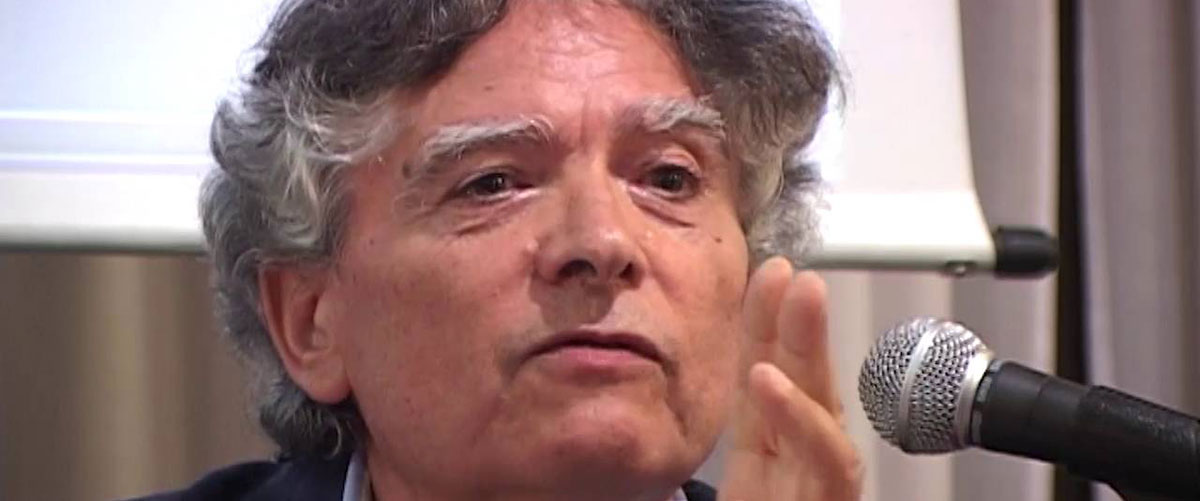Biography
Professor of Theoretical Physics, University of Salerno, Italy.
Associate to INFN (Istituto Nazionale di Fisica Nucleare).
Ph.D. in Physics, University of Wisconsin, Milwaukee, USA, 1974. Research activity in elementary particles, condensed matter physics, biological systems and brain studies.
Author of about 250 papers in international journals, chapters in monographic volumes, Conference reports and of the books “My Double Unveiled – The dissipative quantum model of brain“, John Benjamins Publ. Co., Amsterdam 2001. H.Umezawa and G.Vitiello, “Quantum Mechanics“, Bibliopolis, Napoli 1986, (Japanese translation by K.Yasue and M.Jibu, Nippon Hyoron Sha. Co.Ltd., Tokyo, Japan 2005). M.Blasone, P.Jizba, G.Vitiello, “Quantum Field Theory and its macroscopic manifestations“, Imperial College Press, London 2011. G.G.Globus, K.H.Pribram, G.Vitiello (Editors) “Brain and Being. At the boundary between science, philosophy, language and arts” John Benjamins Publ. Co., Amsterdam 2004.
Coordinator of the Salerno Quantum Field Theory Unit of the European Science Foundation Networks 1995-2006. Referee for Physical Review Letters, Physical Review, Physics Letters, Europhysics Letters, Annals of Physics, J.Phys. A:Math.Gen., etc.. Member of Scientific Advisory Boards and Organizing Committee of International Conferences and Workshops.
Matter, mind and consciousness: form information to meaning
Abstract
The role of quantum physics in modeling brain activity and consciousness will be discussed in the presentation, with focus on the dissipative quantum model of brain [1-3]. By repeated trial-and-error the brain constructs within itself, through its mental activity, an understanding of its surround, that we describe as its Double [1,2]. The relation that the self and its Double construct constitutes the meaning of the flows of information exchanged during their interactions. The act of consciousness resides in such a dialog of the self with its Double [1-4]. The continuous attempt to reach the equilibrium in this dialog shows that the real goal pursued by the brain activity is the aesthetical experience, the perfect “to-be-in-the-world”, as, e.g., in the Merleau-Ponty phenomenology [5]. Active reciprocal responses between the self and the world imply responsibility and thus they become moral, ethical responses through which the self and its Double become part of the larger social dialog. Aesthetical pleasure unavoidably implies disclosure, to manifest “signs”, communication. An interpersonal, collective level of consciousness then arises, a larger stage where the actors are mutually dependent, simply non-existing without the others. Any obstruction, or breakdown, accidentally occurring or purposely planned finalized to some specific task (such as increase of productivity in a factory, necessity of control of some group of people, inducing false needs as in publicity, etc.) produces an unbalance of fluxes between the self and its Double, which manifests as stress, a personal and social pathology, a negation of the aesthetical dimension.
